AWS Cloud Security: Characteristics and Advantages Explained
- Nitin Yadav
- Knowledge
About
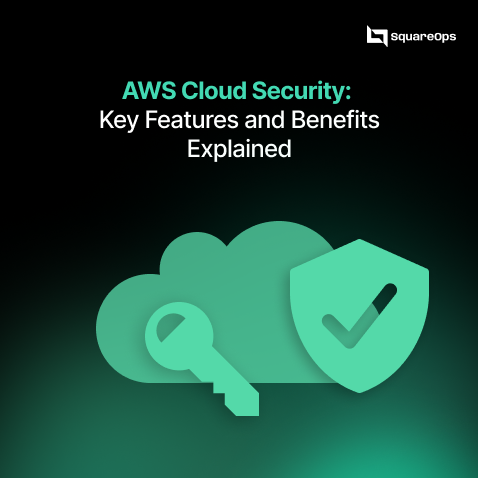
Secure your cloud with AWS! Explore features, benefits, best practices & how SquareOps helps boost compliance, threat detection & cloud resilience.
Industries
- AWS, Cloud Computing, Cloud Security, DevOps, DevSecOps
Share Via
Introduction
As more and more businesses worldwide are moving their operations to cloud, the security has become a critical aspect that can’t be neglected. Enterprises and startups and government agencies all require a secure platform to protect data, meet regulatory requirements, and maintain the integrity of the system in the face of unauthorized access.
The cloud computing market is driven by Amazon Web Services (AWS) -due to not only its scalability and the range of its service offerings, but also its security-centric approach. AWS cloud security gives users extensive, flexible security control – if they’ll use it.
In this post, we will delve into what AWS cloud security means, its main features, the advantages it provides, the use cases by industry, some best practices, and real examples of how companies use AWS to improve their cloud security stance.
What is AWS Cloud Security?
AWS Cloud Security AWS cloud security includes a range of software tools, services, mechanisms, and best practices that help customers secure their cloud-based resources – from the workloads and applications to data. AWS implements shared responsibility for security; AWS secures the cloud, while it is your job to protect your data and applications within it.
AWS Shared Responsibility Model: What It Is and How It Works
- Responsibility of AWS: Protecting the infrastructure (hardware, software, and networking that runs AWS services) that supports the services offered to the clients AWS achieves the control objectives for the systems the service provider operates and information it uses to support the service.
- Customer Responsibility: Configuring and managing security settings, managing user roles and access, securing data, and protecting applications that run on AWS.
The AWS cloud security model is composed of several security layers such as physical security, infrastructure security, identity and access management, data encryption, monitoring, and assurance of compliance.
Here’s why cloud security consulting is a must now:
Increasing Complexity of Cloud Environments
- Global security platforms are a must for multi-cloud and hybrid deployments.
- Microservices, containers, serverless computing and APIs broaden attack surfaces.
Increasing Compliance Demands
- Regulations such as GDPR, HIPAA, SOC 2, and PCI-DSS require stringent cloud data security.
- Failure to comply could result in massive fines and a poor brand reputation.
Growing Cyber Threats
- Misconfigured storage buckets, out-of-date IAM policies, and insecure APIs are familiar attack vectors.”
- Cloud-native vulnerabilities are an increasingly popular target for attackers.
Cloud Security Consulting can help companies address these hurdles and ensure they are deploying a cloud that is resilient, compliant and ready for the future.
Key Features of AWS Cloud Security
AWS Identity and Access Management (IAM) allows you to manage access to resources in the AWS Cloud. With IAM, businesses can:
- Denote specific access permission configurations
- MFA should be mandatory to be applied.
- Control users, groups, and roles in all Amazon Web Services accounts
- Connect to external IDPs like SAML or Active Directory
Data Encryption at Rest and In Transit
AWS provides a wide range of encryption possibilities to make data secure:
- AWS Key Management Service (KMS): Simplify the creation and control of encryption keys.
- AWS Certificate Manager: For managing SSL/TLS certificates for data in transit encryption.
All data at rest on AWS services such as S3, RDS, and DynamoDB can be encrypted and data traveling between applications can be secured through robust TLS protocols.
Network Security
AWS provides a number of network security controls that can be used to isolate and secure cloud resources:
- Amazon Virtual Private Cloud (VPC): Launch into a virtual network where you define the virtual network topology including selection of your own IP address range, creation of subnets and configuration of route tables and network gateways.
- Security Groups and NACLs: These act as virtual firewalls to selectively allow/reject traffic.
- AWS Shield: Offers DDoS protection.
- AWS WAF (Web Application Firewall): Guard against common web exploits.
Threat Detection and Monitoring
Here are some of the high-impact threat detection and security monitoring tools available from AWS:
- Amazon GuardDuty: Intelligent threat detection in the cloud.
- AWS CloudTrail: Logs API-level activity for auditing.
- AWS Config: Monitors resource configurations over time to check for compliance.
Compliance and Governance Tools
Compliance and audit management made easy with these AWS services:
- AWS Artifact: Gives users on-demand access to AWS compliance reports.
- AWS Security Hub: A master dashboard for security alerts across AWS accounts.
- AWS Audit Manager: An aid for automating evidence collection for compliance audits.
Benefits of Using AWS Cloud Security
End-to-End Security and Continuous Monitoring
AWS provides security features all the way down to the physical data center to help keep your data secure, allowing you to demand protection and monitoring at any level.
Scalability with Built-In Security
Related “Organizations can rapidly scale workloads up or down, without losing sight of security.” As resources grow, security controls and monitoring systems automatically expand.
Global Compliance Standards Coverage
(aws)Amazon Web Services is compliant with the following major worldwide standards:
- General Data Protection Regulation (GDPR)
- HIPAA: The Health Insurance Portability and Accountability Act
- PCI-DSS stands for: Payment Card Industry Data Security Standard
- ISO 27001, 27017 and 27018 compliant
Reduced Risk of Breaches and Downtime
Using services such as AWS Shield, WAF, and GuardDuty, organisations are able to identify and respond to malicious behaviour fast, thereby minimising the potential for downtime, loss of data, or reputational harm.
Automation and Cost Optimization
Automation using services like AWS Config, and Security Hub enables organizations to automate security checks, minimize manual intervention, and help organizations reduce costs in managing their security posture.
How AWS Cloud Security Helps Different Industries
Fintech: PCI-DSS and Fraud Prevention
Fintech organizations are employing AWS to develop secure payments infrastructures that are PCI-DSS compliant, safeguard transaction records, and secure them against fraud with machine learning based threat detection.
Healthcare: HIPAA Compliance and Data Privacy
Healthcare Maintain PHI on AWS Organizations in healthcare store and process patient health information (PHI) in the cloud and must follow the requirements outlined in the Health Insurance Portability and Accountability Act (HIPAA).
SaaS: Secure Multi-tenancy Patterns
SaaS providers leverage AWS multi-tenant security features to isolate customer data, enforce identity strong policies, and securely interact with the API across global deployments.
Retail and E-tail: Transaction Safety and Customer Information Security
AWS cloud security solutions are essential for retailers who need to ensure customers’ payment information is protected, their e-commerce platforms are secure, and they can combat traffic spikes and DDoS threats during the busier shopping periods.
Best Practices to Maximize AWS Cloud Security
Here are some best practices to achieve the most out of AWS security:
Implement IAM Best Practices
- Rule of least privilege.
- Mandate multi-factor authentication (MFA) for all users.
- Rotate secrets frequently and do not hardcode them.
Encrypt Everything
- Turn on encryption for all data both at rest (S3 buckets, RDS instances, etc.) and in flight (SSL/TLS).
- You need to centralise the key management using AWS KMS.
Enable Threat Detection
- Use GuardDuty to keep an eye out for threats.
- Turn on aws config roles to detect misconfigurations.
- Monitor your CloudTrail logs for any abnormal activity on an ongoing basis.
Regular Security Audits and Compliance Checks
- Perform regular internal and external audits.
- Leverage AWS Audit Manager and Artifact to help become audit ready.
Adopt a Zero Trust Security Model
- Trust nothing (device, network, and user) by default.
- Consistently and persistently re-authenticate and re-authorize every request.
- Implement least privilege everywhere – all the way up the stack.
Conclusion and Call-to-Action
Security is the floor on which cloud innovation and expansion are built. AWS cloud security provides organizations with unique tools, frameworks, and controls to secure their information assets while preserving their agility and a compliance policy.
With the help of AWS cloud security best practices, enterprises can minimize risks, boost customer confidence and comply with regulations across the globe and, at the same time, rein in costs by automating and making security scale.
If you want to improve your AWS cloud security hygiene or simply need consulting from pros when it comes to securing your cloud, SquareOps is your source.
Get in touch with SquareOps today for specialized AWS security analysis and remediation.
Frequently asked questions
AWS cloud security refers to the security services, tools, and best practices provided by AWS to help customers protect their cloud-based infrastructure, data, and applications.
The Shared Responsibility Model means AWS secures the cloud infrastructure, while customers are responsible for securing their applications, data, and access management within AWS.
AWS uses encryption, identity and access management (IAM), security monitoring, compliance certifications, and physical data center security to protect customer data.
Key AWS security services include IAM, AWS KMS, Amazon GuardDuty, AWS WAF, AWS Shield, AWS Config, CloudTrail, and AWS Security Hub.
Yes, AWS maintains compliance with major standards like GDPR, HIPAA, SOC 2, PCI-DSS, ISO 27001, and more, helping customers meet their own compliance requirements.
.
AWS services like GuardDuty, CloudTrail, and Security Hub provide real-time threat detection, monitoring, and automated responses to potential vulnerabilities and intrusions
AWS Key Management Service (KMS) enables users to create, manage, and control cryptographic keys used for encrypting and securing data across AWS services.
Yes, AWS offers DDoS protection services through AWS Shield Standard and Shield Advanced, along with AWS WAF for application-layer attack prevention.
Businesses should follow best practices such as enforcing least privilege, encrypting all data, using multi-factor authentication, and enabling continuous monitoring.
AWS cloud security consulting provides expert guidance to ensure best practices are implemented vulnerabilities are addressed proactively, and compliance requirements are continuously met.
Related Posts
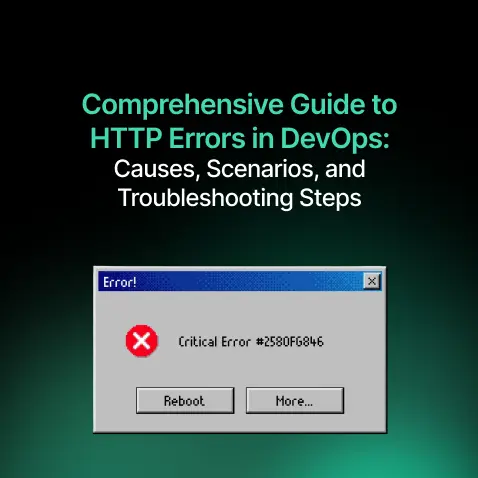
Comprehensive Guide to HTTP Errors in DevOps: Causes, Scenarios, and Troubleshooting Steps
- Blog
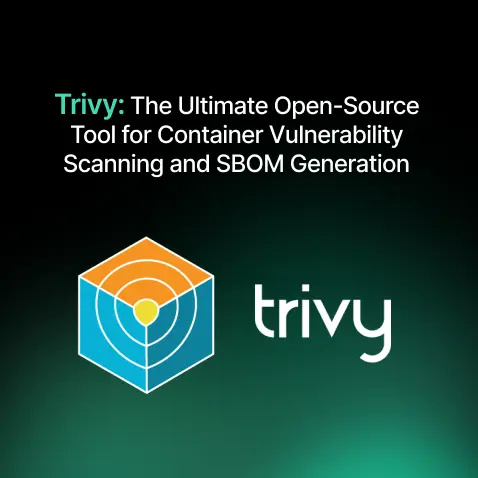
Trivy: The Ultimate Open-Source Tool for Container Vulnerability Scanning and SBOM Generation
- Blog
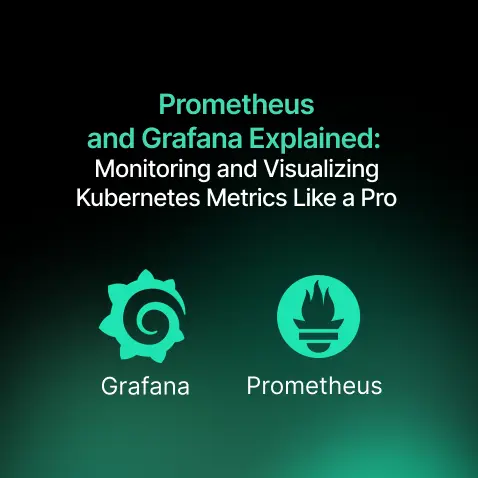
Prometheus and Grafana Explained: Monitoring and Visualizing Kubernetes Metrics Like a Pro
- Blog
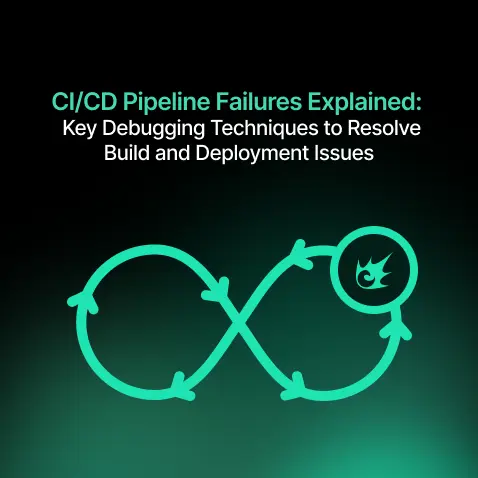
CI/CD Pipeline Failures Explained: Key Debugging Techniques to Resolve Build and Deployment Issues
- Blog
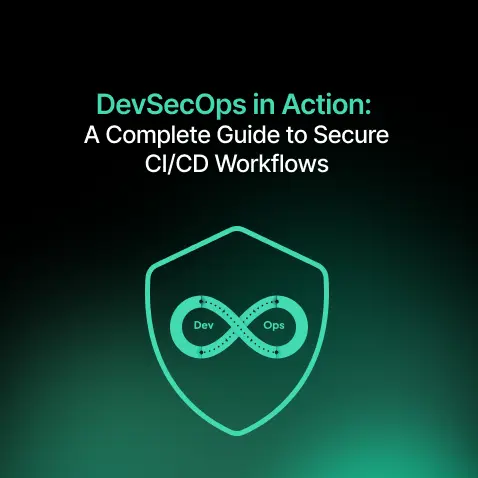
DevSecOps in Action: A Complete Guide to Secure CI/CD Workflows
- Blog
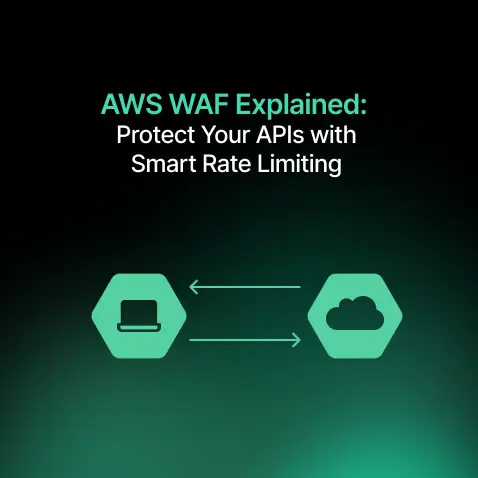
AWS WAF Explained: Protect Your APIs with Smart Rate Limiting
- Blog

